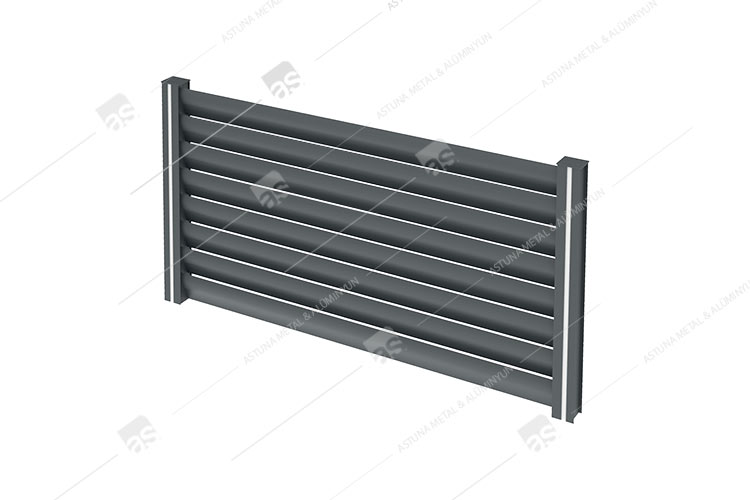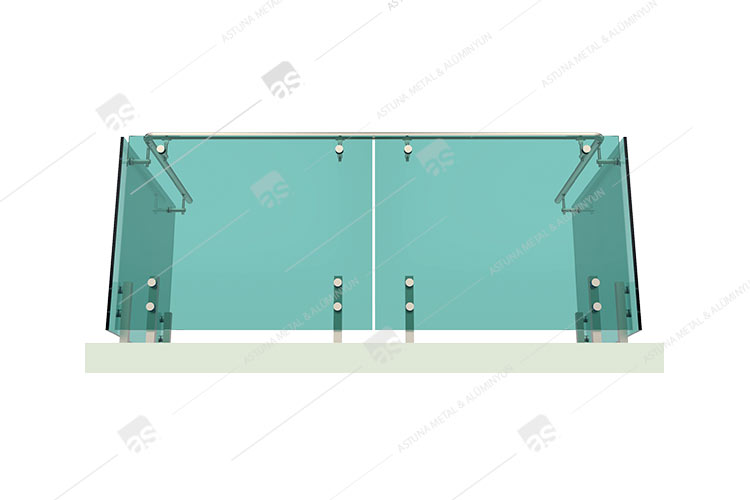IRON RAILING MANUFACTURER
- HOME
- IRON RAILING
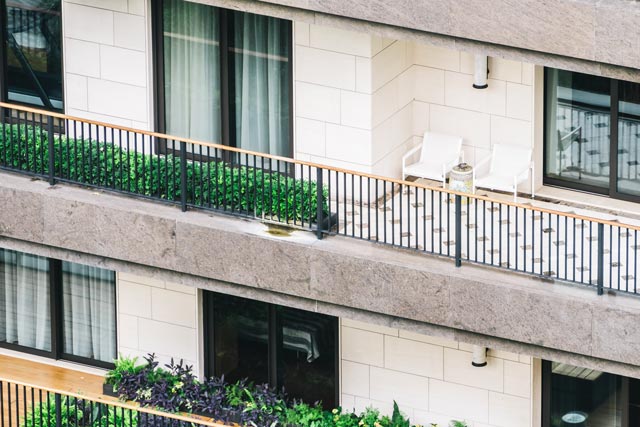
IRON RAILING SYSTEM
Iron railing refers to railing systems primarily constructed with iron components, offering a classic and enduring design. Iron has been a staple material in the construction of railings for centuries, admired for its strength, versatility, and timeless appeal.
OUR IRON RAILING SYSTEMS

E42 GLASS BASE SYSTEM
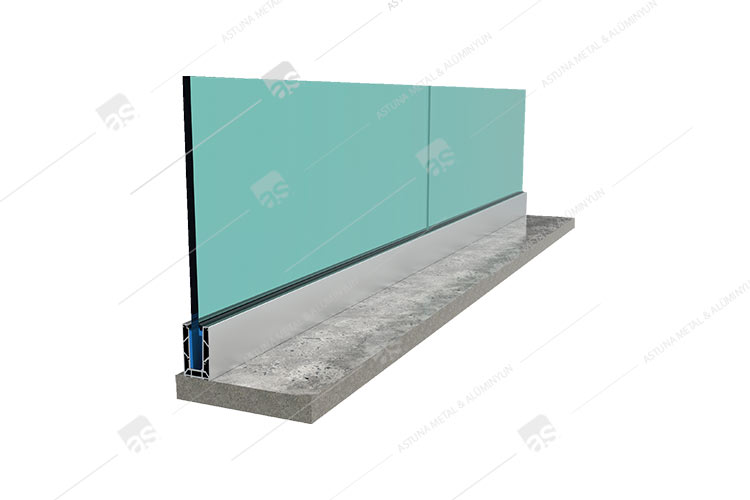
B25 GLASS BASE SYSTEM
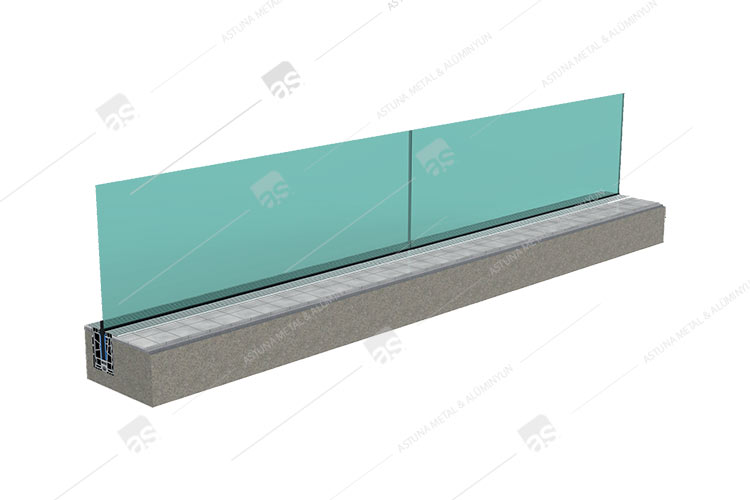
M84 GLASS BASE SYSTEM
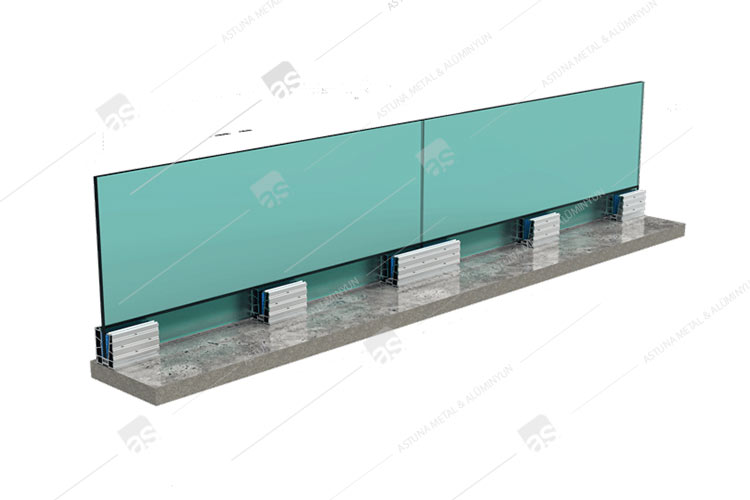
AS87 GLASS BASE SYSTEM

AK61 GLASS ADAPTER SYSTEM
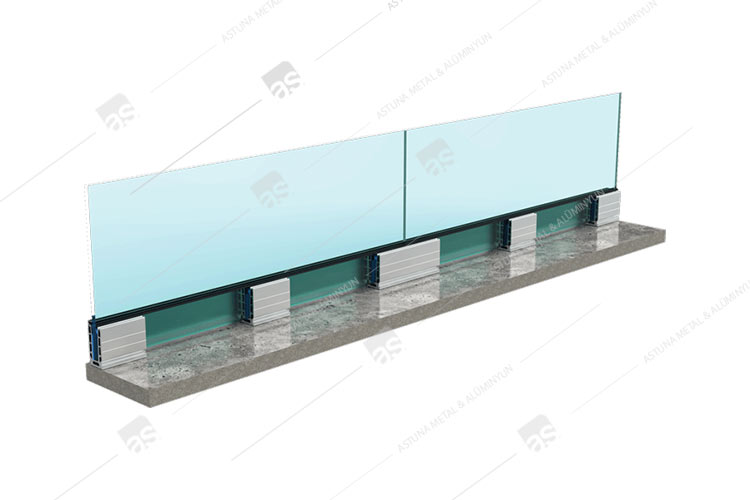
AS20 GLASS BASE SYSTEM
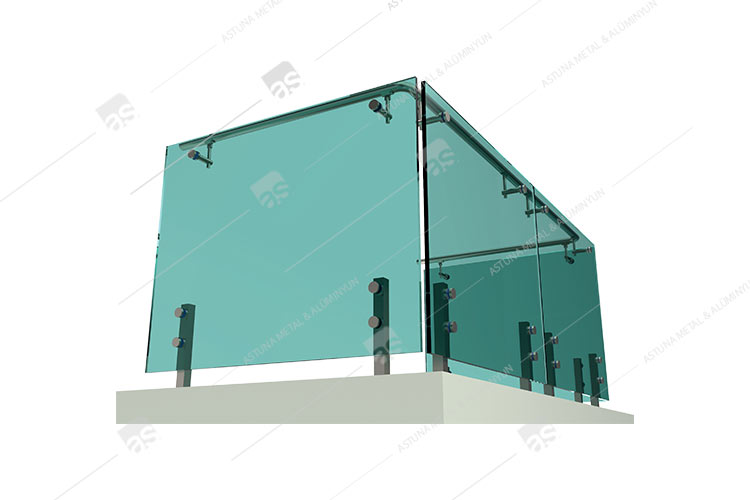
CF33 GLASS CARRIER SYSTEM
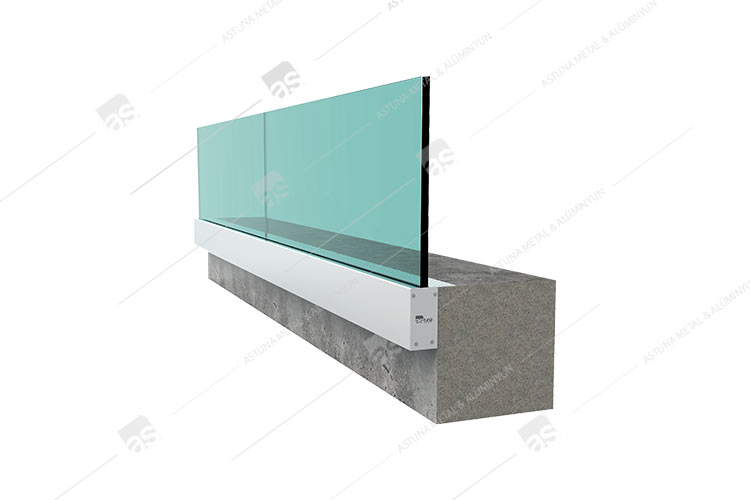
D11 GLASS BASE SYSTEM

DK10 GLASS CARRIER SYSTEM

K21 GLASS CARRIER SYSTEM
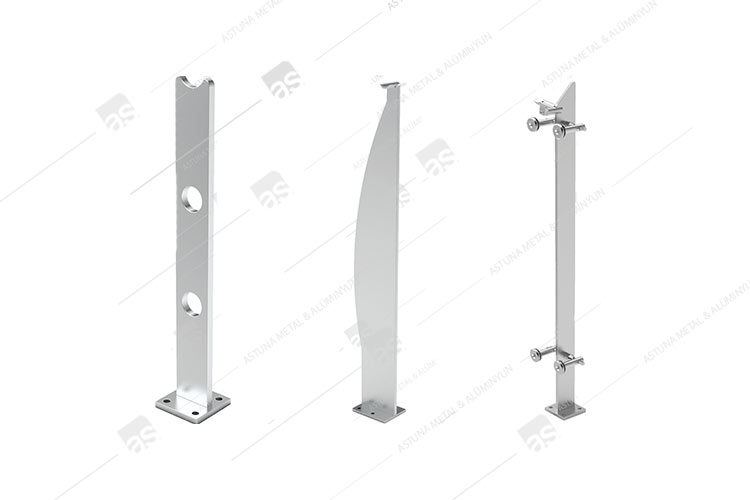
LAMA STRUTS SYSTEM

LM20 GLASS CARRIER SYSTEM
KEY FEATURES OF IRON RAILING
- Handrail:
- The horizontal rail at the top of the railing system that provides a surface to hold onto for support.
- Iron handrails can be designed in various shapes and profiles, contributing to the traditional or ornamental look.
- Balusters (Spindles):
- Vertical posts or rods that connect the handrail and the base rail.
- Iron balusters come in different styles, from simple and straight to ornate and decorative, allowing for customization based on design preferences.
- Base Rail:
- The lower horizontal rail running parallel to the handrail, providing additional support and connecting the balusters.
- Newel Posts:
- Vertical posts located at the starting and ending points of a railing section. Newel posts serve as anchor points for the railing and add structural stability.
CHARACTERISTICS OF IRON RAILING
- Timeless Aesthetics:
- Iron railings are known for their timeless and elegant design. They seamlessly blend with various architectural styles, from traditional to contemporary.
- Strength and Durability:
- Iron is a robust material, offering exceptional strength and durability. Iron railings can withstand harsh weather conditions and remain structurally sound over time.
- Versatility:
- Iron railings can be crafted into a variety of designs, allowing for versatility in appearance. They are suitable for both simple and ornate styles, catering to different aesthetic preferences.
- Customization:
- Iron railings offer a high level of customization. The balusters and handrails can be designed with intricate patterns, twists, scrolls, or left simple for a clean and classic look.
- Indoor and Outdoor Use:
- Iron railings are commonly used indoors for staircases and balconies, as well as outdoors for decks, porches, and garden areas. Their durability makes them well-suited for exterior applications.
- Easy Maintenance:
- While iron railings may require periodic maintenance to prevent rust, they are relatively easy to care for. Regular painting or coating with protective finishes helps maintain their appearance.
- Security:
- Iron railings provide a sense of security due to their sturdy construction. They act as effective barriers, especially in elevated areas, preventing accidental falls.
- Historical Significance:
- Iron railings have been used in architecture for centuries, contributing to their historical significance. This timeless appeal makes them a popular choice for those seeking a classic and enduring design.

